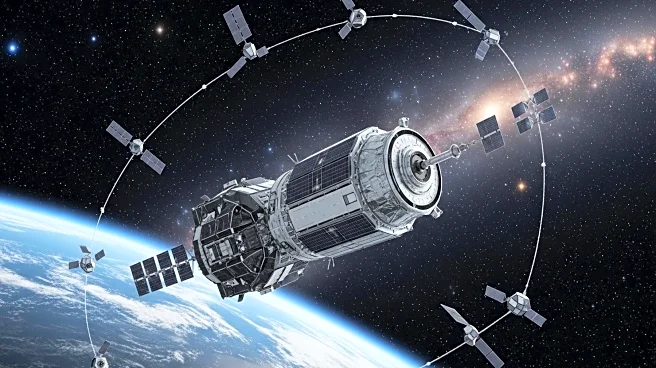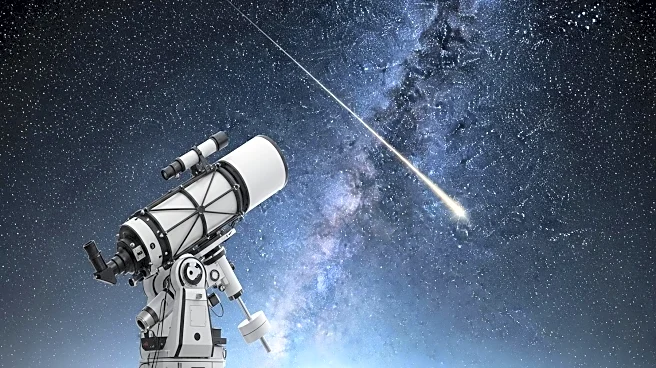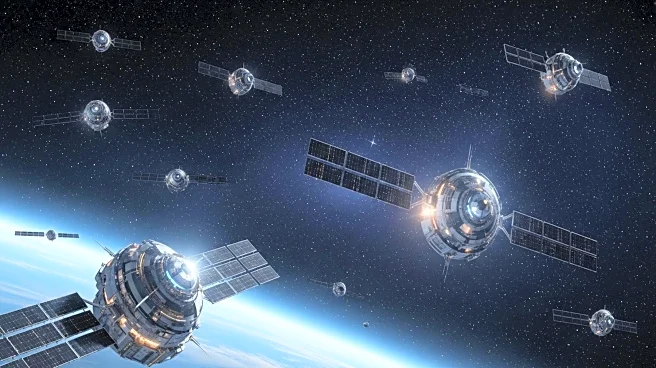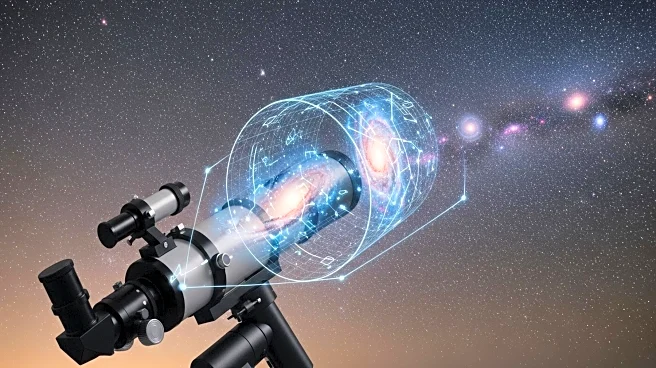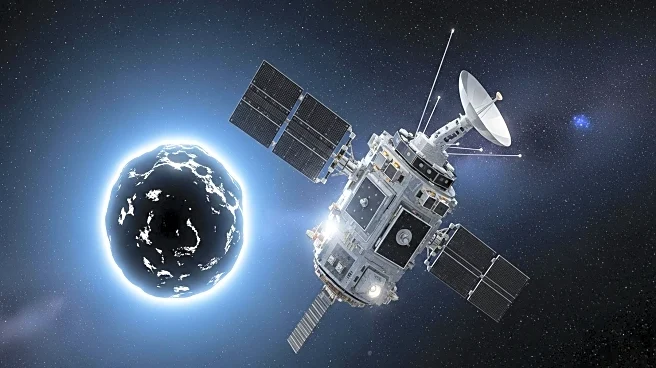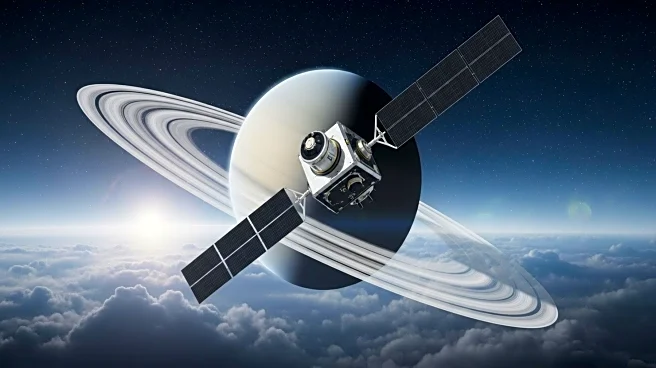What is the story about?
What's Happening?
European civil space leaders are considering expanding the IRIS² satellite constellation to enhance secure communications. The IRIS² program, a public-private partnership, aims to provide resilient satellite communications for European military, civil, and commercial applications. Critics have labeled the program as 'too late and too small,' but leaders argue that the 290-satellite constellation is scalable. The European Space Agency plans to support technology maturation and demonstrations to reduce technical risks, with a budget of approximately 600 million euros.
Why It's Important?
The expansion of the IRIS² constellation is crucial for Europe's strategic autonomy in satellite communications. By enhancing resilience and scalability, the program aims to secure data and ensure continuity of service for European government agencies and businesses. The initiative positions Europe to compete in the global satellite communication industry, potentially reducing reliance on non-European megaconstellations like Starlink. This development could strengthen Europe's technological capabilities and economic competitiveness in the space sector.
What's Next?
The European Space Agency will continue to support the maturation of key technologies and encourage demonstrations to mitigate technical risks. The IRIS² satellites will be upgraded to the next technical standard, 6G, as soon as possible. The program's success could lead to further investments from the private sector, expanding the constellation and developing new services. European government leaders will assess the program's effectiveness and decide on future expansions.
Beyond the Headlines
The IRIS² program highlights the importance of sovereignty in satellite communications, emphasizing data protection and service continuity. The initiative reflects Europe's strategic approach to complementing existing megaconstellations rather than competing directly, showcasing a collaborative model for international space endeavors.
AI Generated Content
Do you find this article useful?
